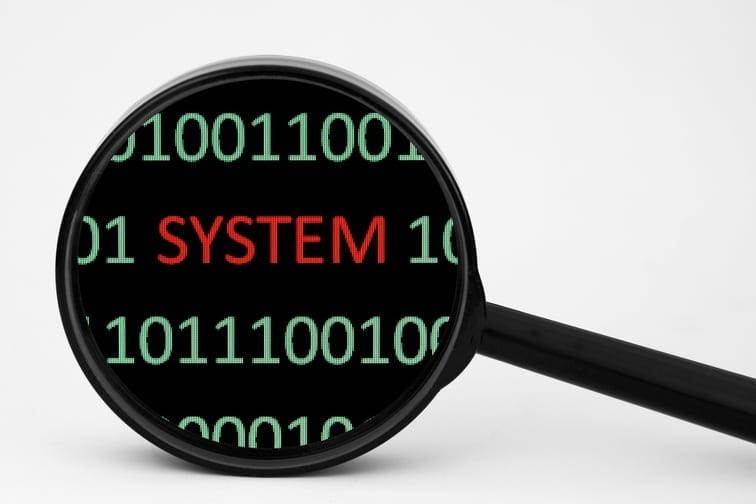When your kids were little you couldn’t wait to teach them new things; how to dress themselves, how to tie their shoes, how to ride a bike, etc. Oftentimes big tasks were broken down into small steps in order to achieve success; training wheels first then a two wheeler, or using lists or sticker-charts to remind them what they needed to do to get themselves up and ready:
- Brush teeth
- Get dressed
- Eat breakfast
- Put on Shoes
- Pack backpack
When they were successful and proud of themselves, do you remember the joyful feeling? They mastered a new skill, HOORAY!! As a parent you gave them the steps and the path necessary to accomplish a particular goal or task.
In our own lives, we need systems and routines as well. A primary cause of clutter and disorganization is that there is no home for an item or a system for how it should be handled. By adopting SYSTEMs (Saving You Space, Time, Energy, Money) you’ll ensure that clutter is kept to a minimum and when you need something, you’ll be able to find it.
Some common and easy to implement examples of where systems help are:
Keys
– Losing your keys even once a day can not only be frustrating but also time consuming. A simple hook by the door or drawer organizer in an entry piece makes it easy to put your keys away and grab them when you head out the door. This is not rocket science people, but I’ve had multiple clients say when the finally implemented this simple solution it was life changing.
Bills/Mail or Paper To Process
– Your dining table, kitchen counter, or entry floor is likely the collector of all things paper. Paper and mail come into your home and in the mad rush of your life you drop it wherever is convenient. What starts as a small temporary pile becomes a huge mess of missed opportunities and unfinished tasks that haunt you when you walk by. Create an Inbox for items to land until you can deal with them. Process the items inside weekly so you can stay on top of things and your inbox does not become an overflowing file cabinet.
Clothing
– You wear something once and although it’s not dirty you don’t want to put it away with your other clean clothes. Your bedroom or closet floor or the back of a chair are not a good solution for holding and storing these items. Instead create a small section of your closet using clothing rod dividers. Once the section starts to get too full, either start wearing the items again or remove some items and put them in the laundry to be washed and returned to circulation.
Kid’s Toys
– When it comes to curtailing the clutter of kids’ toys, a big factor is that everything must have a home. The home should be easily accessible and easy for your child to return items when he/she is not playing with them. Create a nightly routine (especially for young kids) to clean up and place items back where they belong. Make it fun (play music, get silly, make it a game of who can put the most stuff away the quickest) and make it part of the nightly dinner, bath, story routine and success (as well as a less cluttered space) will follow.
Items To Take With You
– You’re heading to the gym right after work and don’t want to forget your gym bag, your son has soccer practice right after school and needs his uniform, or it’s show and tell at school tomorrow and your daughter wants to bring in her shell collection. Remembering these things or pulling them together the morning can be really stressful. Evenings tend to be calmer and slower paced. Create a “getting ready for the next day” routine where you check your calendar and get all the items you need ready for the next day, your gym bag (fully stocked) by the door, your son’s soccer uniform in his backpack, or your daughters shell collection sitting in the car next to her seat. It will definitely save you time and sanity knowing everything is ready to go.
Packing/Trip Prep
– You arrive at your destination and realize you’ve forgotten something; your toothbrush, bathing suit, pre-reservations for a popular attraction, etc. That can be frustrating and costly. Create a checklist for common travel (beach vacation, ski trip, business trip, etc.) so you don’t forget things you need. Store the checklist in a cloud based solution like Evernote or Google Docs for easy access.
It’s the little things that can make a big impact on your life. Creating systems and routines around common items and tasks are the perfect life hack for saving you space, time, energy, and money.


